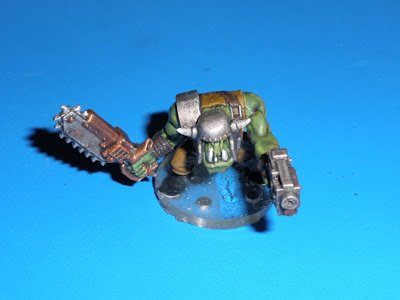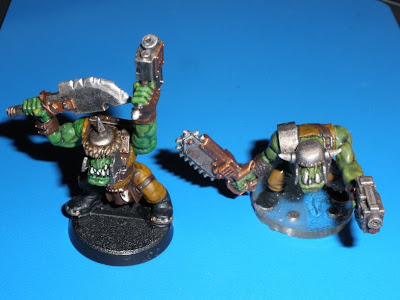There's many unrealistic elements of video games that we happily ignore, either because we know it's too difficult (or just not worth the effort) to make it more realistic, or we know that making it more realistic would not make it better, often it makes it worse.
But to an extent that's subjective - some people like realistic but complicated games, at least in certain genres. Take flight simulators for example. I think it's abaout gameplay first, but if an effective gameplay mechanic is also realistic, that can help immersion and enjoyment. Take for example the way current shooters often limit the number of weapons you can carry while older games generally allowed you to walk, run and jump while carrying many times your body weight in firearms. Limiting your carrying capacity wasn't done just because it was more realistic; it was and is done because it forces you to make strategic decisions about which weapons to carry. In some games this is an advantage.
So whenever we look at something unrealistic in a game, we have to consider if it needs to be improved or whether we should just maintain suspension of disbelief. However, today I had an idea that just might work.
In most shooters, when you reload a half-empty clip you don't lose the ammo that you dump (even though you clearly see it drop). This makes sense. But consider: if you tap the reload button in the middle of a firefight you drop the clip and reload as quickly as you can, losing the rest of the clip (though it falls to the floor and can be picked up later). If you hold the reload button you are treated to a more longer animation in which the character removes the clip, visible stowing it away thus keeping the ammo, before replacing it. This combines realism with an added layer of tactical decision making in-game. I think, for a modern-day shooter like Counterstrike, this could work. I'm planning to try it in my game anyway.
Of course it still doesn't explain how the ammo is consolidated from the half-empty clips into full ones, but hey; it's just a game. Right?
Also, I'm starting to suspect that I talk too much.

